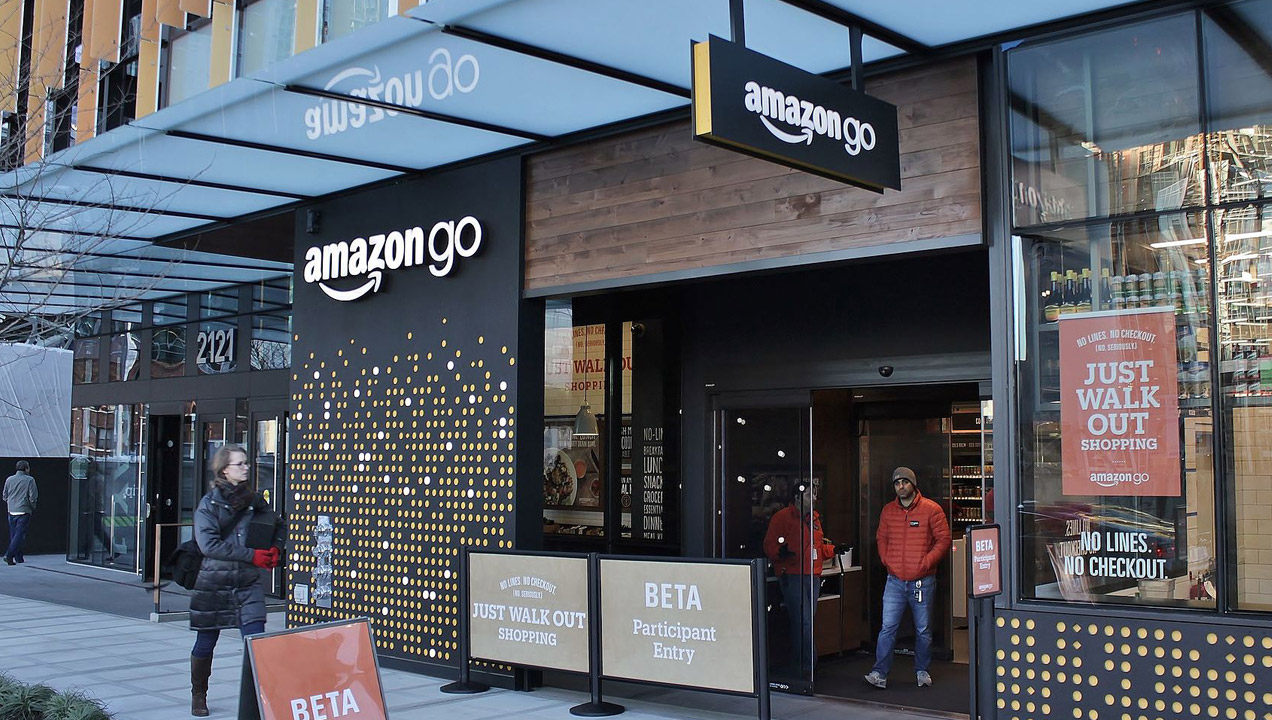Brand Communities: Bridging the Digital Divide
The local coffee shop and the independent book store have always lived and died on the communities they have built up around themselves. Local businesses with any sense try to tie themselves to the people that live nearby; they sponsor local sports teams, they hold concerts, they invite speakers and, if they have enough open space, they host meetings for everyone from yoga classes to Alcoholics Anonymous.
In the digital realm, communities have always been a fundamental part of the internet’s infrastructure, starting with the old bulletin boards, evolving into the forum culture of the 90s and finally blossoming out into social media. There are very few businesses that don’t have their own Facebook page or Twitter account today, but community is the major difference between a successful brand, and one that is just dipping their toes into the water.
Any brand can resonate with a community, whether it is through local outreach or through providing forum space for users to get in touch with one another. But bridging the divide between a physical and digital community is less simple.
When Snapchat first introduced their wearable camera “Spectacles,” there was no way to purchase them online. The only way that you could get a pair of these fashionable sunglasses was to purchase them from one of the pop-up vending machines that Snapchat set up in major cities across America. Pop-ups that were only announced on their social media on the day. The excitement and engagement that this provoked couldn’t be sustained in this way in the long term, but for a product launch it was ideal.

Honest Tea have followed the vending machine trend, but for an entirely different purpose. Their vending machines are not pop-ups, but remain in place within a city for extended periods of time, gathering data that is communicated back to their headquarters. Rather than forcing users of these vendors to pay for their tea, the company tests their honesty by making the drinks accessible whether you have paid the requisite dollar or not. They then collate the data on the honesty of each city and rank them online. Incorporating the local community’s pride in their honesty with their emotional interaction with the company.
Nordstrom’s department stores tapped into the power of their digital community all the way back in 2013 by highlighting the most “pinned” items from their Pinterest page in store, essentially granting their community the power to determine in-store displays. Pinterest is an ideal community for fashion retailers, a way for people to window shop and chat about products without committing to a purchase, or even to looking a sales assistant in the eye.
Amazon has recently begun their foray into the world of physical stores after dominating the digital markets with bookstores. Like Nordstrom, they have integrated their online community into the layout and displays of the store; managing their sections based on online review data. It seems like it is only a matter of time before they harness the communities of these local bookshops, allowing them to interact, review and recommend for the online community too.

Each of these companies took an extra step to link up their existing communities and to help them grow. The ways they fostered that engagement were unique and imbued with elements of their specific brands, but the possibilities are open to anyone. Building a healthy community for your users can be the first step to making an emotional connection with them, it can provide you with vital information about their unmet needs and it engenders loyalty. Most importantly, in a world where peer reviews mean more to users than any amount of marketing materials; a good community can make or break a business.
